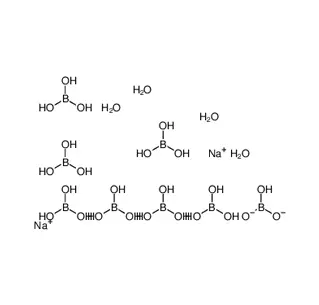
Search

Search

主图.jpg)
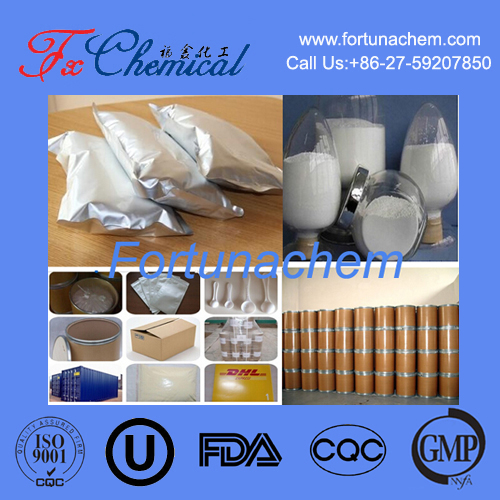
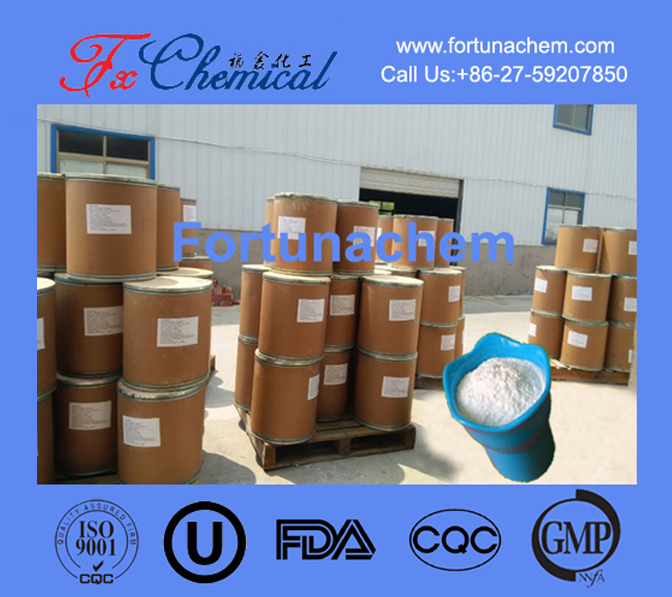

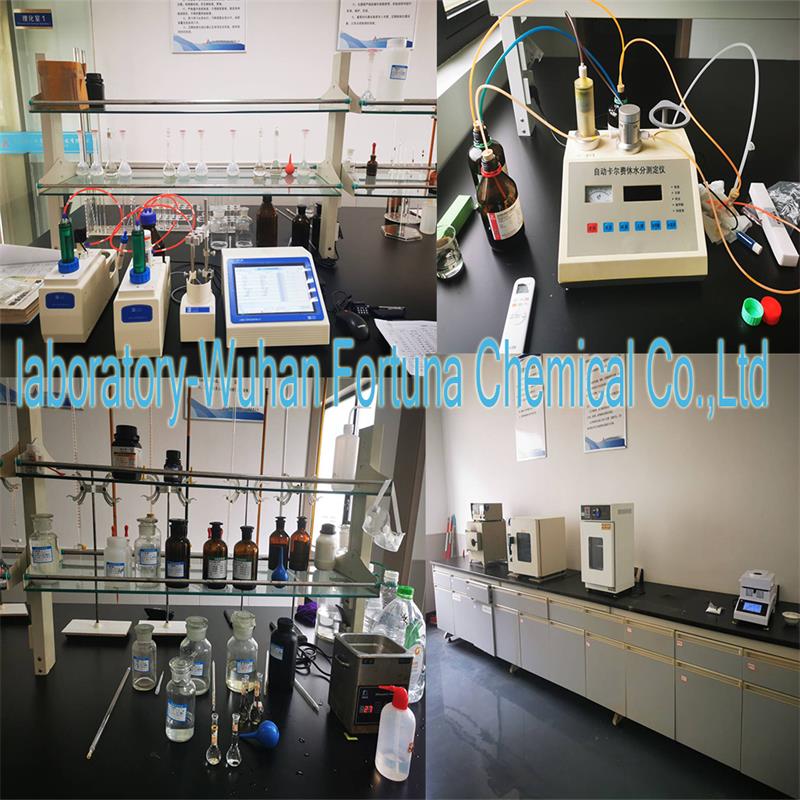
主图.jpg)




BenzeneDiaMidoEthaneThiol or N,N'-Bis(2-Mercaptoethyl)isophthalamide is a synthetic organic compound designed to bind strongly to metal ions. Its structure features a central benzene ring from an isophthalic acid core, with two arms attached. Each arm consists of an amide group and a terminal thiol (-SH) group.
Thiols are known for their high affinity for soft metals like gold, silver, and mercury. Therefore, this molecule is primarily used as a chelating agent or surface modifier. Its applications include:
Creating self-assembled monolayers on gold surfaces for sensors.
Extracting or sequestering specific metal ions from solutions.
Acting as a building block in more complex chemical structures.
N,N'-Bis(2-Mercaptoethyl)isophthalamide is a synthetic organic compound belonging to the class of dithiol chelators and aryl dialkyl thiols. Its systematic name describes a precise molecular architecture designed for specific supramolecular interactions.
Core Scaffold: The central unit is an isophthaloyl dichloride derivative, specifically an *m*-phenylene diamine where the amine groups have been acylated. This provides a rigid, aromatic isophthalamide core that dictates the molecule's geometry and serves as a structural platform.
Linker/Spacer: Extending from each amide nitrogen is a short, flexible alkanethiol precursor chain: a two-carbon ethylene spacer (-CH₂-CH₂-). This spacer provides conformational freedom, allowing the terminal functional groups to adopt optimal positions for binding.
Functional Groups: The critical moieties are the terminal thiol groups (-SH), also known as mercapto groups. These are soft Lewis bases with a high affinity for soft Lewis acids, particularly heavy metals and metal surfaces.
The molecule's functionality arises from the synergy of its components:
Chelation and Coordination Chemistry: The molecule acts as a bidentate ligand. The two thiol groups can simultaneously coordinate to a single metal ion (e.g., Cd²⁺, Hg²⁺, Pb²⁺) to form a stable, often five-membered chelate ring involving the -S-M-S- entity and the ethylene spacers. This chelate effect greatly enhances complex stability compared to monodentate thiols.
Surface Chemistry and Self-Assembly: This is its most prominent application. The thiol groups undergo spontaneous, exothermic chemisorption onto the surface of noble metals, most notably gold (Au(111)). The S-Au bond is highly stable (~40-50 kcal/mol). The meta substitution of the central ring prevents the molecule from lying flat, encouraging the formation of a standing-up phase. This leads to the formation of highly ordered Self-Assembled Monolayers (SAMs). The amide groups within the SAM can participate in intermolecular hydrogen bonding (N-H···O=C), significantly enhancing the thermal and structural stability of the monolayer.
Redox Activity: The thiol groups are redox-active, capable of being oxidized to disulfides (R-S-S-R). This property can be exploited for creating dynamic covalent systems or cross-linked polymer networks.
Surface Functionalization: Used to create robust, thin organic films on gold electrodes for biosensors and electrochemical platforms. The amide group provides a convenient handle for further covalent attachment of biomolecules like proteins or DNA.
Heavy Metal Sequestration: Its high binding constant for soft heavy metals makes it a potential chelator for environmental remediation or detoxification processes.
Nanomaterial Capping Agent: Can be used to stabilize metal nanoparticles by forming a protective monolayer on their surface, preventing aggregation.
In summary, N,N'-Bis(2-Mercaptoethyl)isophthalamide is a sophisticated ligand engineered for strong, bidentate surface adhesion and metal chelation, with its chemical behavior defined by the cooperative action of its rigid aromatic core, flexible linkers, and highly reactive thiol termini.
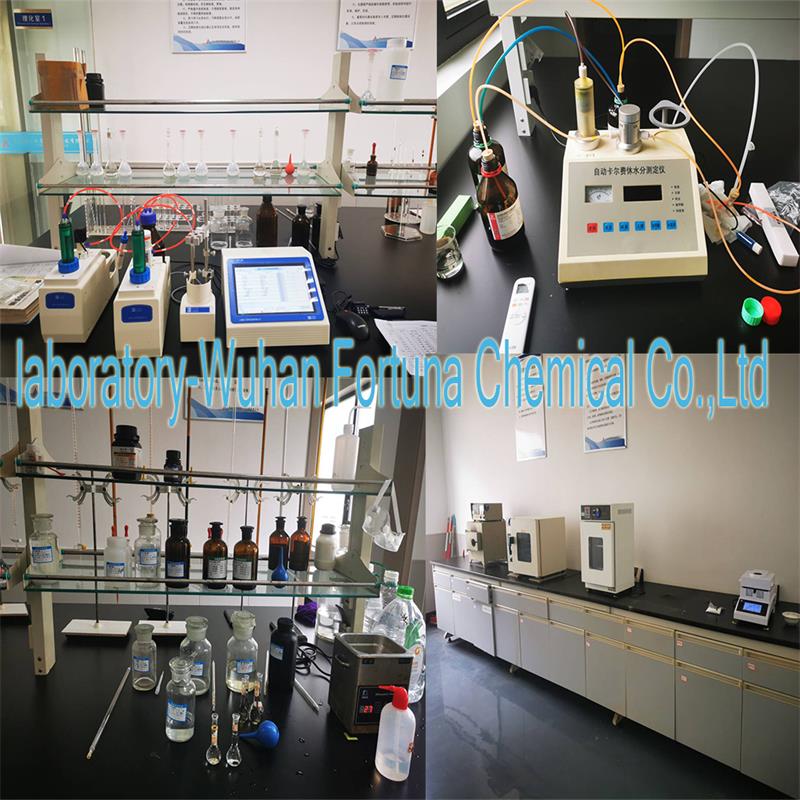

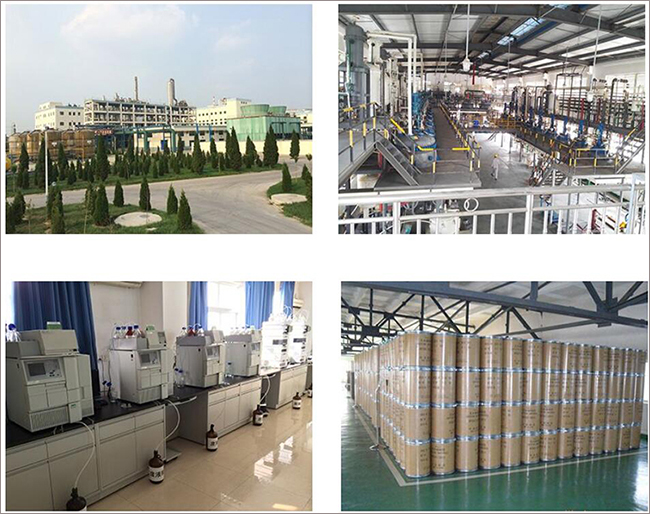

Fortunachem Provides Not Only Professional Chemical Products But Also Professional Help
Keeping you up-to-date with all the latest information, news, and events about Fortunachem!

Quick Links
Add:
E-mail:
 English
English  Español
Español  français
français  العربية
العربية 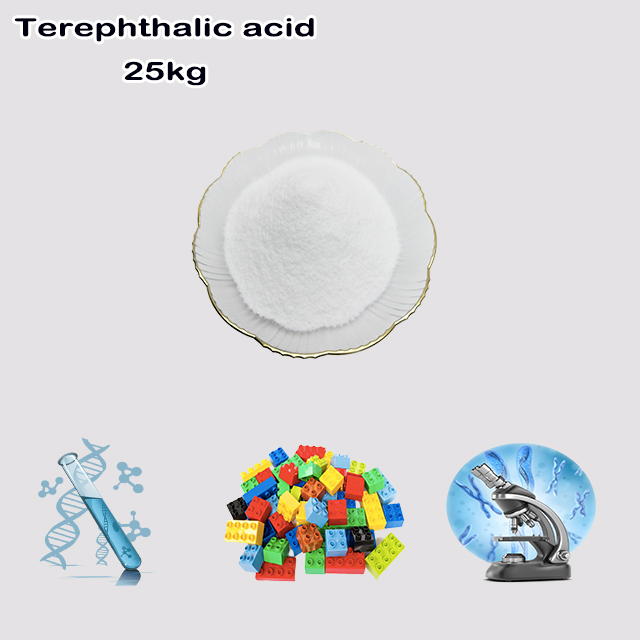
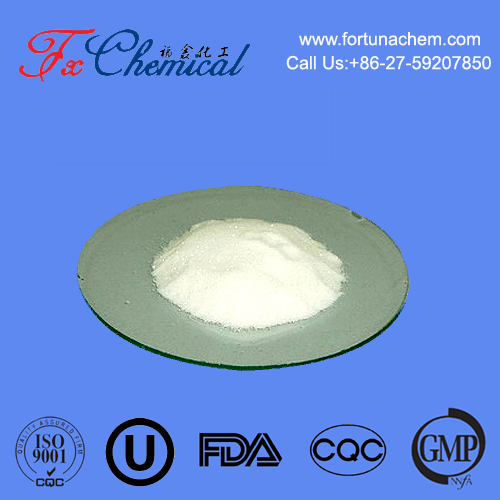
![China Manufacturer Supply High Quality benzyldimethyl[2-[(1-oxoallyl)oxy]ethyl]ammonium chloride CAS 46830-22-2 China Manufacturer Supply High Quality benzyldimethyl[2-[(1-oxoallyl)oxy]ethyl]ammonium chloride CAS 46830-22-2](/uploads/image/20250926/benzyldimethyl[2-[(1-oxoallyl)oxy]ethyl]ammonium_chloride主图.jpg)
